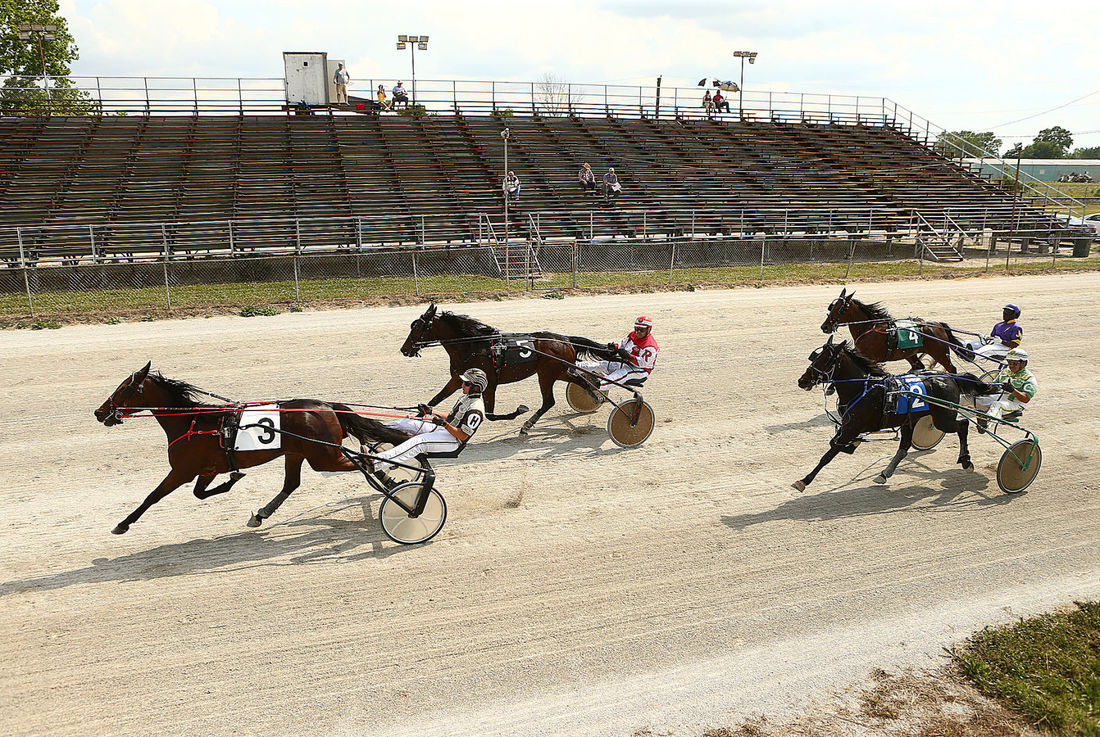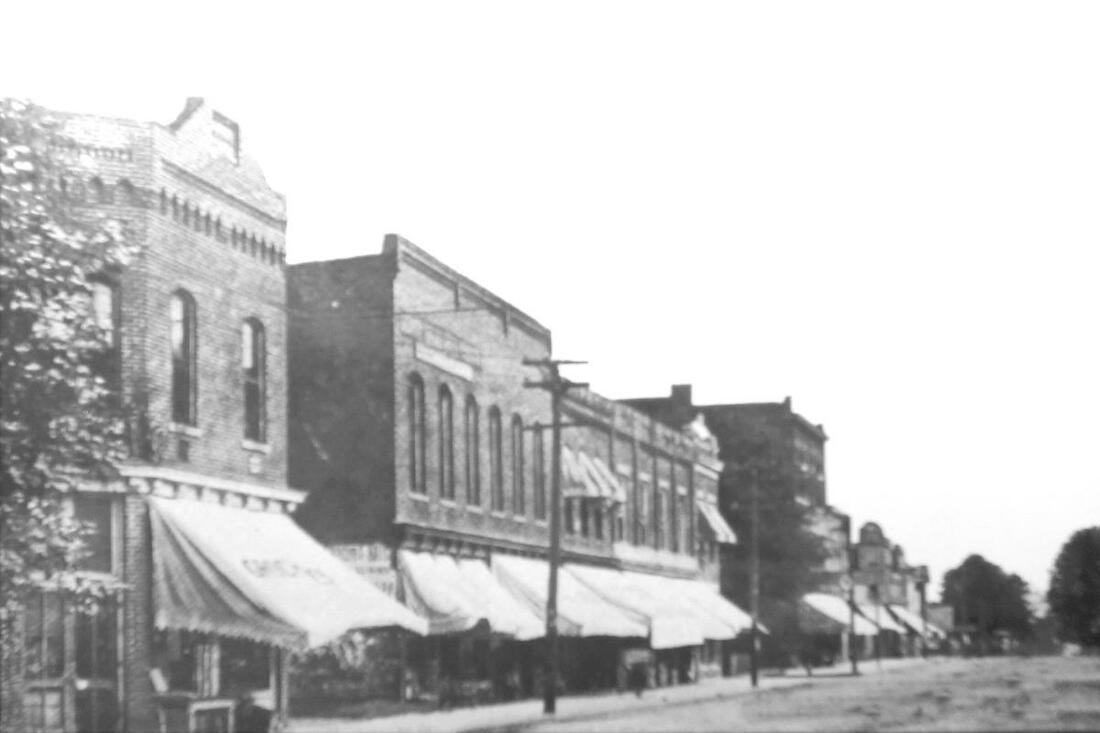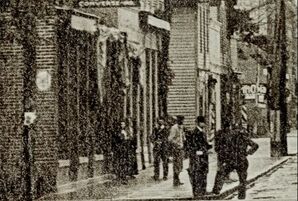history
Converse did not begin as Converse, but as Xenia. Not counting the French trader Brouillette, the first settlers to the area did not make their appearance until 1842. Jackson Township or Converse proper, prior to that, was part of the Miami reservation and this area would best be described as pristine wilderness with the forest so dense that mid-day appeared to be dusk under the trees. From that time period until the present, Converse has experienced economic boom, bust, and depression. Not unusual, as that has been a recurring theme throughout history. It is most unusual for a town to bounce back repeatedly and seize the next “big thing”.
The growth of lumber companies coincided with the railroad boom of the late 1800s. For Converse (Xenia) that would eventually mean three railroad lines passing through the town. Xenia didn’t wait for this to happen as Jackson and Peru townships voted $60,000 in taxes to finance construction of what would eventually become the C & O Railroad in 1900. By 1910, as many as 24 passenger trains stopped in Converse daily.
The growth of lumber companies coincided with the railroad boom of the late 1800s. For Converse (Xenia) that would eventually mean three railroad lines passing through the town. Xenia didn’t wait for this to happen as Jackson and Peru townships voted $60,000 in taxes to finance construction of what would eventually become the C & O Railroad in 1900. By 1910, as many as 24 passenger trains stopped in Converse daily.
By 1887, the discovery of natural gas prompted the Xenia Real Estate Co. to offer free land, fuel, and cash to any industry looking for a home. With eight producing wells in the Xenia area alone and glass, foundry, and machine shop ventures helping to create a boom, along with gas available to any residence that wanted it; the boom quickly became a bust within two decades. Converse had learned a valuable lesson in conservation.
Railroads and natural gas: Boom and Bust. The past shapes the present and it is interesting to note that Converse welcomed all the possibilities of the railroad era and the abundance of natural gas. The township voted $60,000 to help finance railroad construction, and Xenia Real Estate offered incentives to any industry looking for a home. Shaping the “outcome” has been a strong thread throughout the history of Converse.
Presently, First Farmers Bank and Trust is the largest agricultural bank on the eastern side of the Mississippi River. Surprising that it would be headquartered in a small town of 1,100; not surprising when you understand the unique legacy of Converse.
Railroads and natural gas: Boom and Bust. The past shapes the present and it is interesting to note that Converse welcomed all the possibilities of the railroad era and the abundance of natural gas. The township voted $60,000 to help finance railroad construction, and Xenia Real Estate offered incentives to any industry looking for a home. Shaping the “outcome” has been a strong thread throughout the history of Converse.
Presently, First Farmers Bank and Trust is the largest agricultural bank on the eastern side of the Mississippi River. Surprising that it would be headquartered in a small town of 1,100; not surprising when you understand the unique legacy of Converse.



